|
I am a second-year PhD student at the Robotics Institute, Carnegie Mellon University (CMU), advised by Dr. Srinivasa Narasimhan. I have interned at Waymo and Momenta, and worked at Lucid Motors. I completed my M.S. in Computer Vision (MSCV) at CMU, and earned my B.S. in Mathematics from Wenzhou-Kean University (WKU), where I worked with Dr. Gaurav Gupta. Email1: shenzhen@andrew.cmu.edu Email2: lebronshenzheng@gmail.com Resume / Google Scholar / Github / Leetcode |
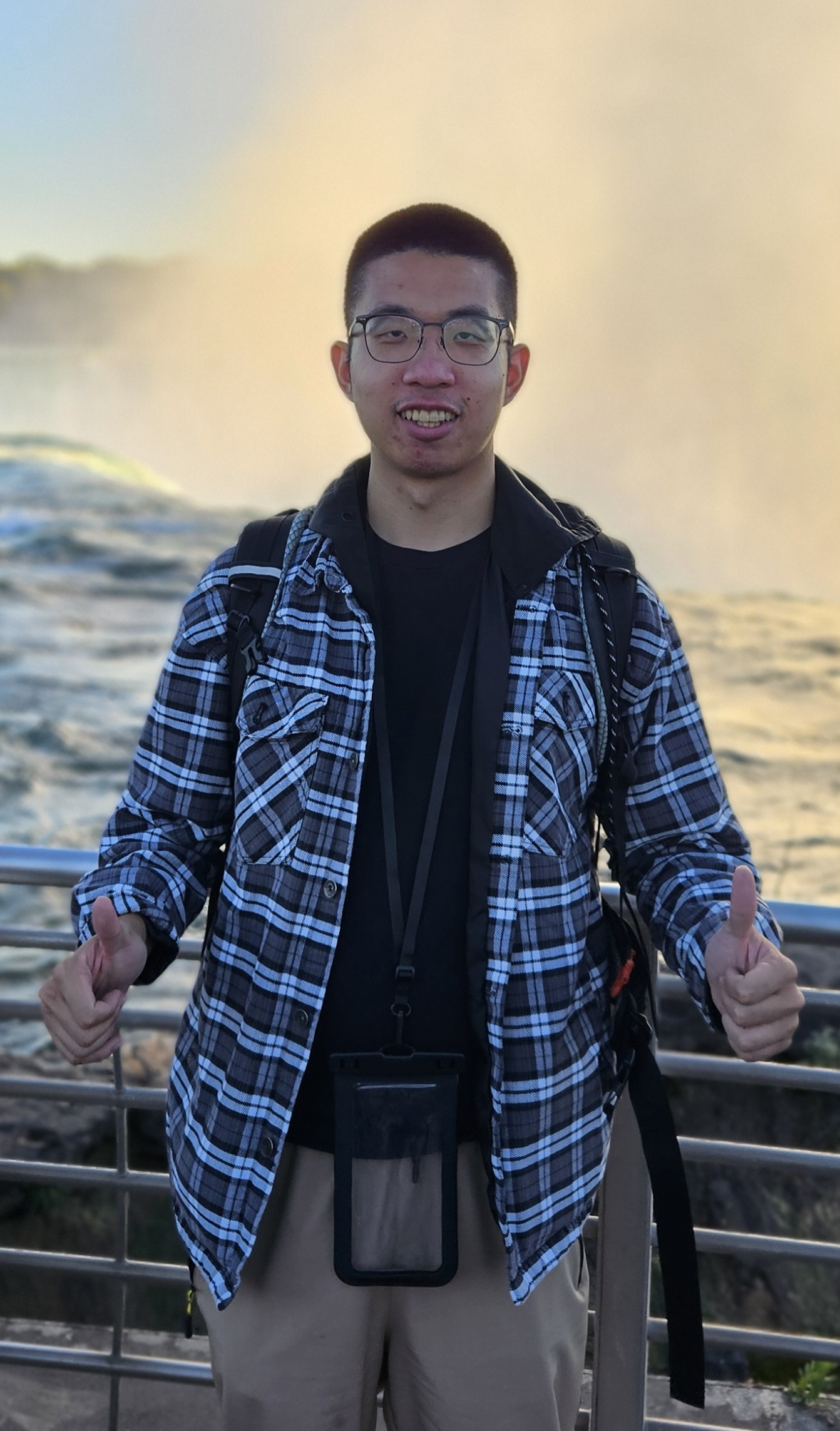
|
|
My current research takes a data-centric approach to enable robust understanding of long-tail yet safety-critical scenarios in driving (e.g., low-light, bad weather, work zones):
My earlier works focused on image restoration and enhancement (e.g., SGZ, LLIE_Survey). |
|
|
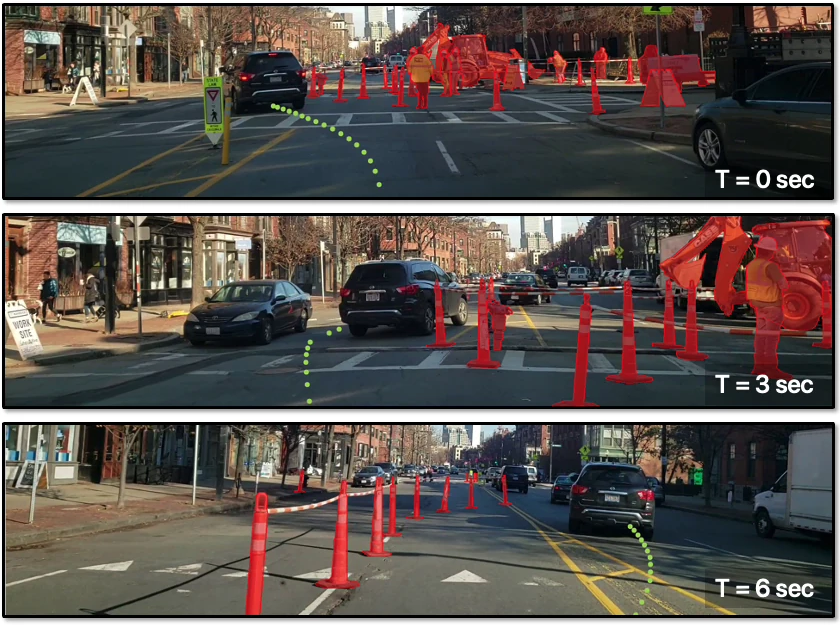 
|
Anurag Ghosh, Shen Zheng, Robert Tamburo, Juan R. Alvarez Padilla, Hailiang Zhu, Michael Cardei, Nicholas Dunn, Christoph Mertz, Srinivasa Narasimhan ICCV 2025 [Paper] [Webpage] [GitHub] Motivation: Navigating through work zones is challenging due to a lack of large-scale open datasets. Solution: Introduce the ROADWork dataset, which is so far the largest open-source work zone dataset, to help learn how to recognize, observe, analyze, and drive through work zones. |
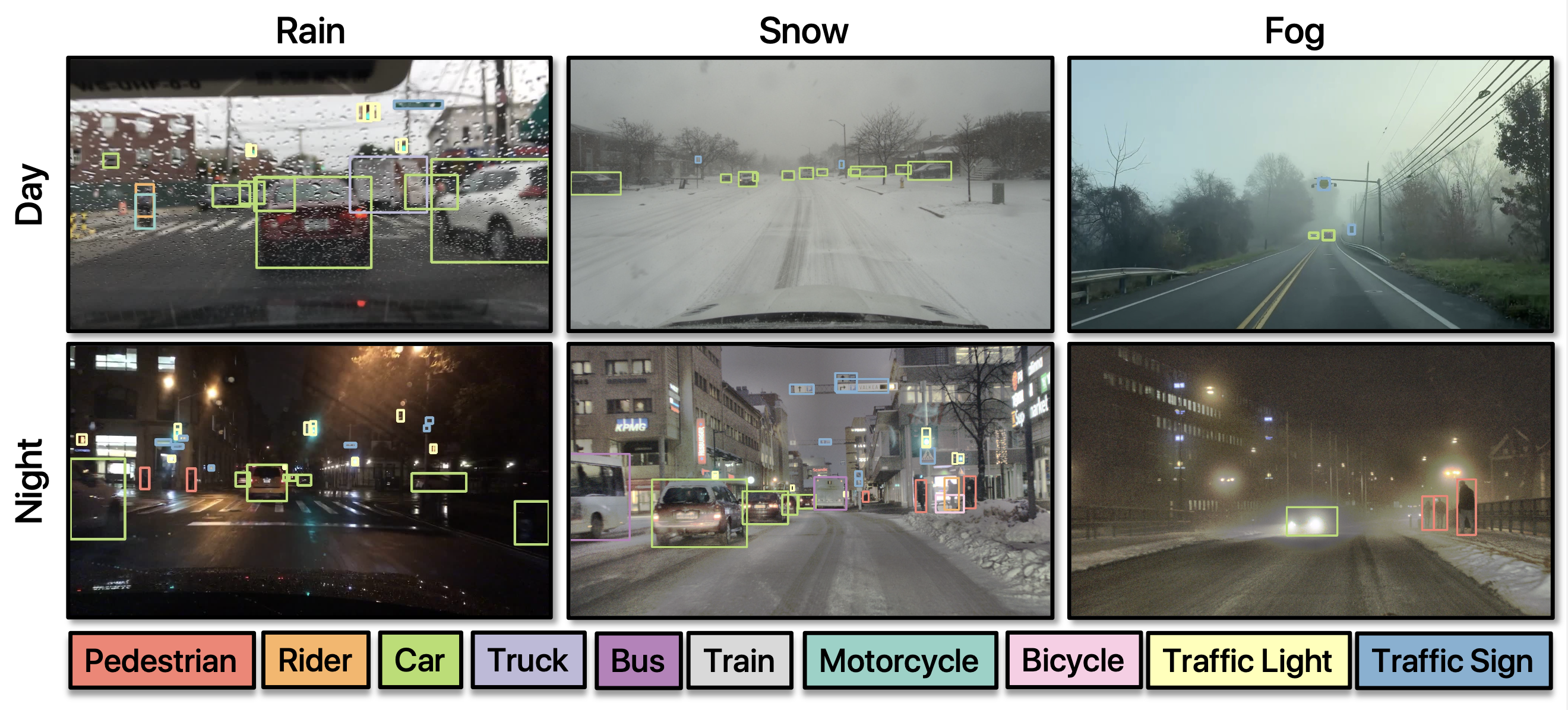 
|
Shen Zheng★, Anurag Ghosh★, Srinivasa Narasimhan WACV 2025 [Paper] [Webpage] [Code] Motivation: Domain adaptation methods struggle to learn smaller objects amidst dominant backgrounds with high cross-domain variations. Solution: Warp source-domain images in-place using instance-level saliency to oversample objects and undersample backgrounds during domain adaptation training. |
 
|
Shen Zheng, Changjie Lu, Srinivasa Narasimhan WACV 2024 [Paper] [Webpage] [Code] [Slides] [Poster] Motivation: Previous image-to-image translation methods produce artifacts and distortions, and lack control over the amount of rain generated. Solution: Introduce a Triangular Probability Similarity (TPS) loss to minimize the artifacts and distortions during rain generation. Propose a Semantic Noise Contrastive Estimation (SeNCE) strategy to optimize the amounts of generated rain. Show that realistic rain generation benefits deraining and object detection in rain. |
 
|
Shen Zheng, Yiling Ma, Jinqian Pan, Changjie Lu, Gaurav Gupta [Paper] [Code] Motivation: Existing LLIE datasets focus on either overexposure or underexposure, not both, and usually feature minimally degraded images captured from static positions. Solution: Present a comprehensive survey of low-light image enhancement (LLIE). Propose the SICE_Grad and SICE_Mix image datasets, which include images with both overexposure and underexposure. Introduce Night Wenzhou, a large-scale, high-resolution video dataset captured in fast motion with diverse illuminations and degradation. |
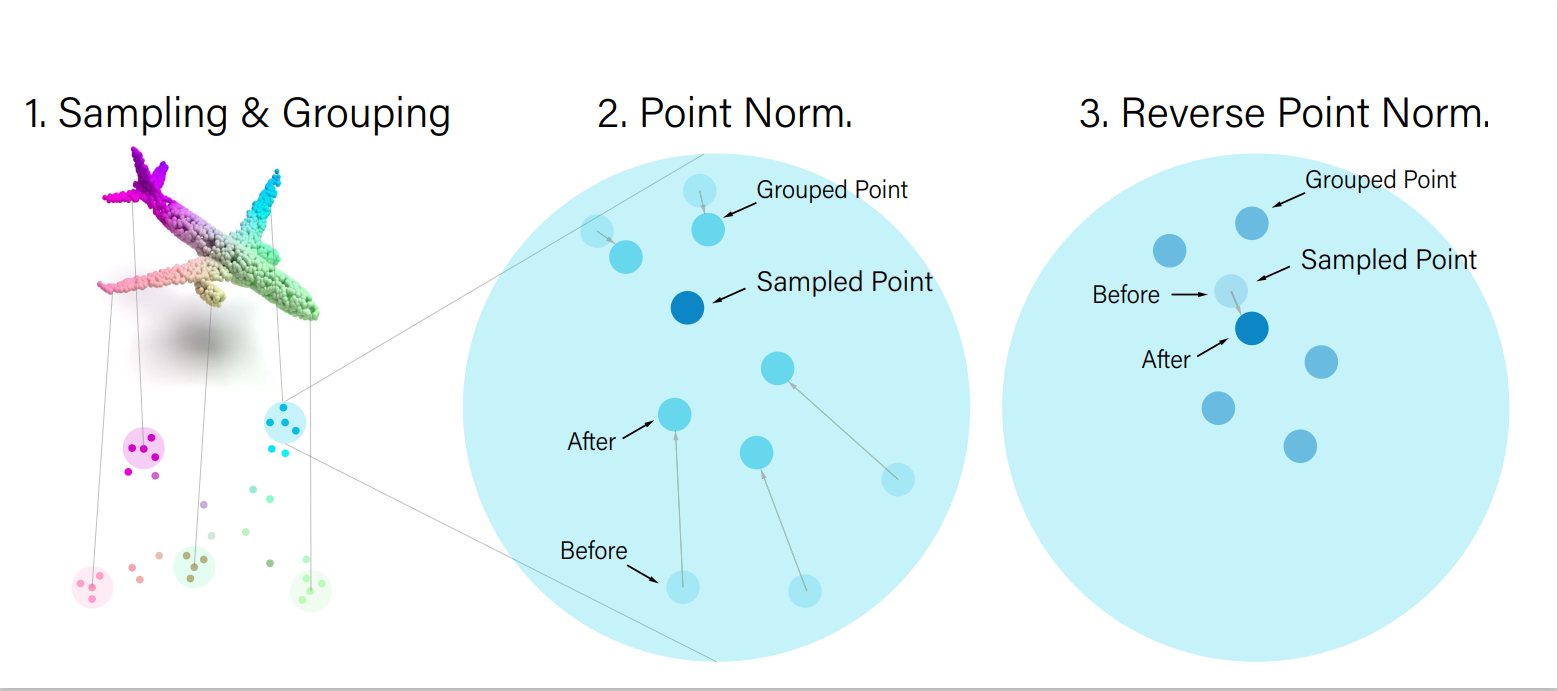

|
Shen Zheng, Jinqian Pan, Changjie Lu, Gaurav Gupta IJCNN 2023 (Oral Presentation) [Paper] [Webpage] [Code] [Slides] Motivation: Current point cloud analysis methods struggle with irregular (i.e., unevenly distributed) point clouds. Solution: PointNorm, a point cloud analysis network with a DualNorm module (Point Normalization & Reverse Point Normalization) that leverages local mean and global standard deviation. |
 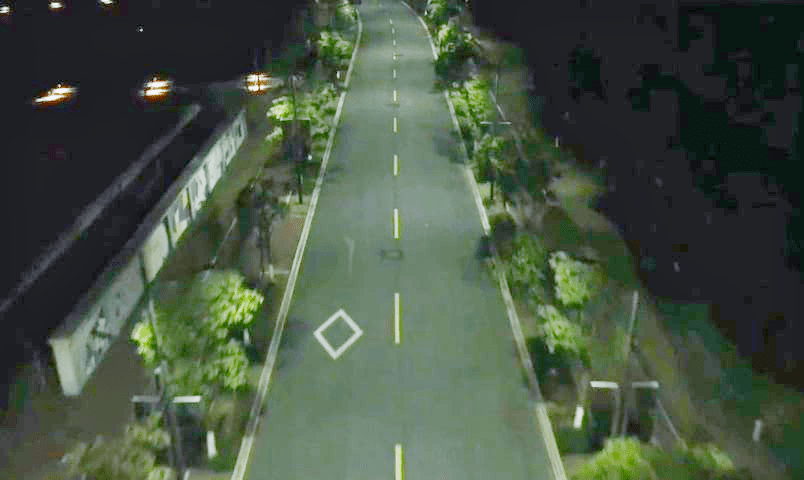
|
Shen Zheng, Gaurav Gupta WACV 2022 [Paper] [Webpage] [Code] [Slides] Motivation: Current low-light image enhancement methods cannot handle uneven illuminations, is computationally inefficient, and fail to preserve the semantic information. Solution: Introduce SGZ, a zero-shot low-light image enhancement framework with pixel-wise light deficiency estimation, parameter-free recurrent image enhancement, and unsupervised semantic segmentation. |
|
|
Changjie Lu, Shen Zheng, Zirui Wang, Omar Dib, Gaurav Gupta ACML 2022 [Paper] [Code] [Slides] Motivation: Generative models experience posterior collapse and vanishing gradient due to no effective metric for real-fake image evaluation. Solution: Propose Adversarial Similarity Distance Introspective Variational Autoencoder (AS-IntroVAE), which can address the posterior collapse and the vanishing gradient problem in image generation in one go. |
|
|
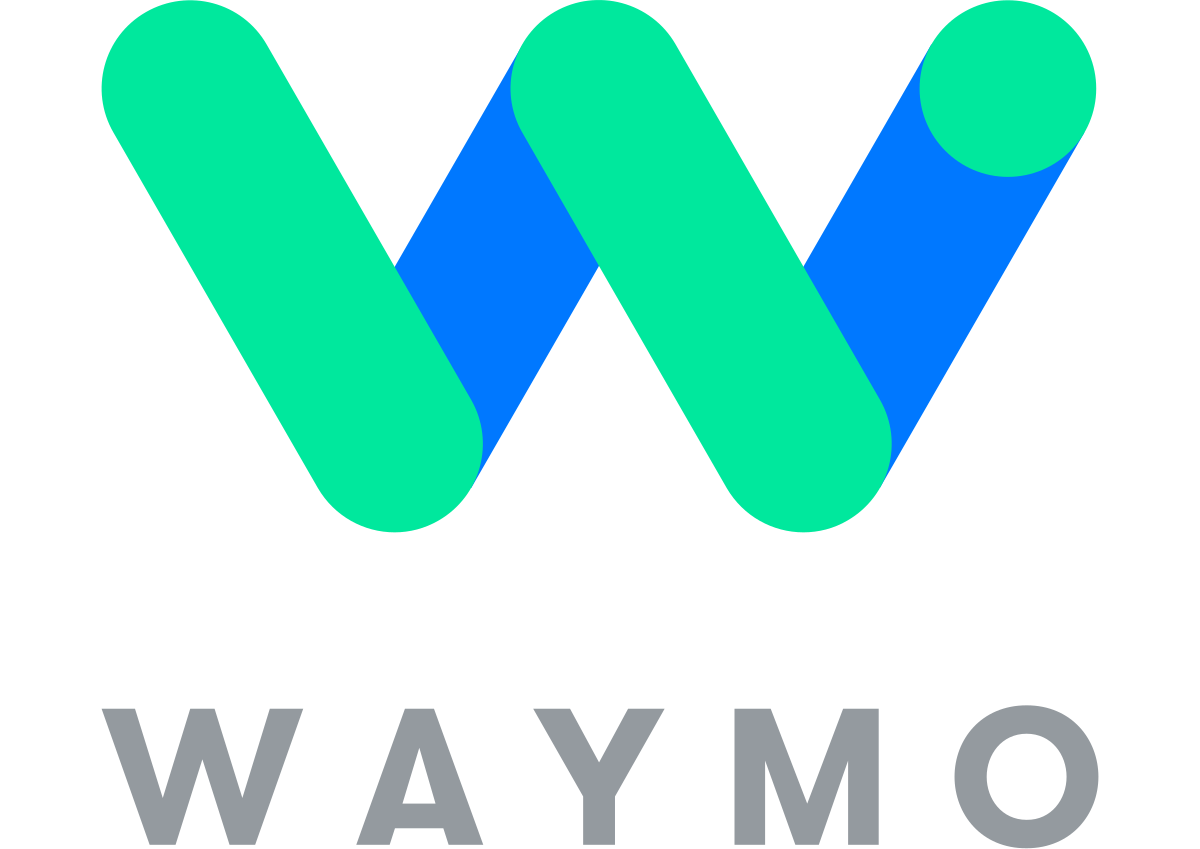
|
Perception Software Engineer (Intern) at Waymo
Mentor: Guohao Zhang (WIP) Improved Online HD Map Construction using long-term and short-term memory fusion. |

|
Perception Software Engineer (Full-Time) at Lucid Motors
Director: Dr. Feng Guo Working as a perception software engineer in the ADAS perception team responsible for ADAS parking, traffic light detection, and blockage detection. Improved BEVFormer for ADAS parking (reverse & parallel) by using extrinsic calibration to interpolate and smooth edges to enhance curb detection. Trained YOLO6 on full-resolution images containing traffic lights and fine-tuned arrow types, confidence, IoU, and area thresholds, resulting in a 40+% improvement in mAP (final mAP: 98%+ for day; 90%+ for night). Developed a binary semantic segmentation model based on CenterNet to detect blockages such as ice, snow, mud, mud blur, rain drops, and sun glares, achieving 93%+ IoU. |

|
Perception Engineer (Intern) at Momenta
Director: Dr. Wangjiang Zhu Responsible for long-tailed data augmentation, training data auto-labeling and cleaning, and model evaluation for traffic light detection algorithms. Implemented CycleGAN to conduct unsupervised data augmentation, converting traffic light bulbs from left arrow to round & leftUturn arrow. Constructed a traffic light auto-label model using quantized VoVNet-57, filtering 14,618 incorrect annotations from 1,160,513 labeled frames. Increased the classification accuracy for leftUturn traffic light from 78.41% to 87.27%, and the mean average precision from 93.01% to 94.80%. |
|
|
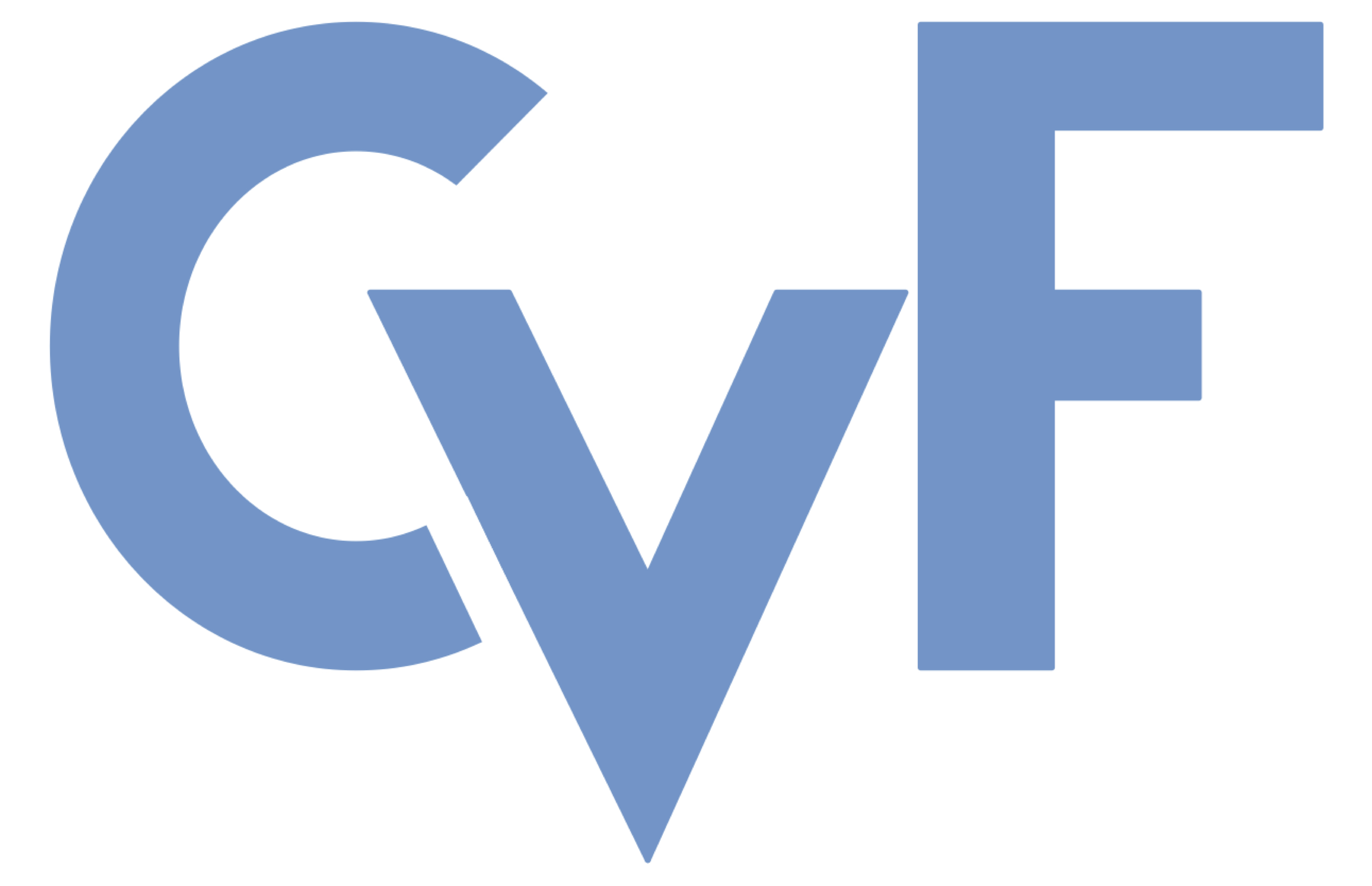 |
Technical Program Committee:
WCCI 2024 Conference Reviewers: CVIP (2021, 2022), AAAI (2022), IJCNN (2023, 2024, 2025), WACV (2023, 2024, 2025), ECCV (2024), CVPR (2025,2026), ICCV (2025) Journal Reviewers: TNNLS, IJCV, TCSVT, ESWA, EAAI, JVCIR, Neurocomputing |
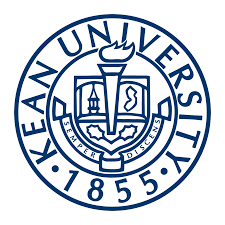 |
Co-Instructor at Wenzhou-Kean University
Course: MATH 3291/3292 (Computer Vision) Slide | Recordings |

|
Invited Speaker at Fudan University
Topic: Image Processing with Machine Learning |
|
|
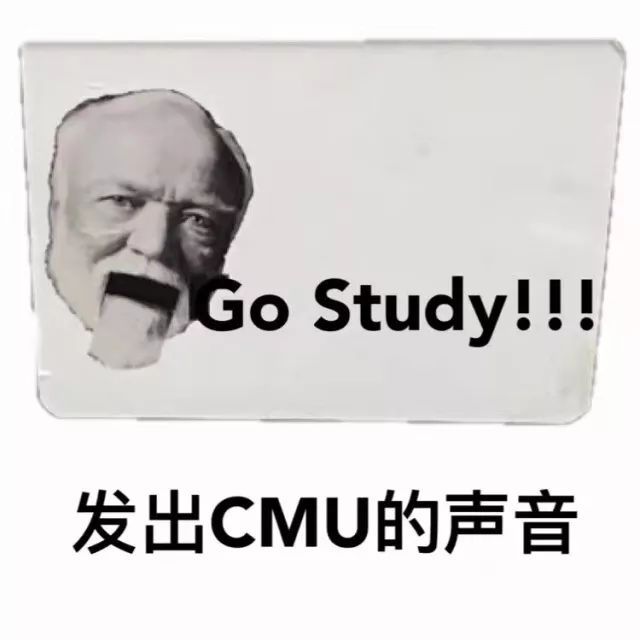 |
Programming Languages:
Python, R, Java, C++, Matlab, HTML, Mathematica, Shell, LaTeX, Markdown Frameworks & Platforms: Pytorch, TensorFlow, Keras, Ubuntu, Docker, Git, ONNX, CUDA Libraries: Scikit-Learn, SciPy, NumPy, OpenCV, Matplotlib, Pandas |
|
|
 |
Sports:
Basketball, Table Tennis, Swimming, Cycling, Hiking, Weightlifting Games: DOTA2, AOE2, Warcraft III Beliefs: |